1,126cc OHV Inline 4-Cylinder Engine 2 SU Carburetors 95bhp at 5,800rpm 4-Speed Manual Transmission 4-Wheel Independent Suspension 4-Wheel Disk Breaks *A landmark of sports car design *Desirable Left hand drive, Series 2 Elite *Beautifully presented in striking color scheme *Featured in "The Original Lotus Elite. Racing Car for the Road" The Lotus Elite "The road manners of the Elite come as near to those of a racing car as the ordinary motorist could ever experience." -The Autocar With the Lotus 14 of 1959 – better known as the Elite – Colin Chapman demonstrated that his skills as a racing car designer and constructor could just as easily be applied to production road cars. The Elite was, nevertheless, conceived with competition in mind – Chapman had his sights set on class wins at Le Mans and the Monte Carlo Rally – and incorporated technology developed in Lotus's single seaters. Every bit as innovative as Chapman's outright competition cars, the Elite featured a fiberglass monocoque body tub – the world's first – independent suspension all round, rack-and-pinion steering and four-wheel disc brakes, the rears mounted inboard. Its engine was the lightweight four-cylinder Coventry-Climax FEW, a single-overhead-cam unit of 1,216cc producing 95bhp, while the gearbox, an MGA unit fitted with an alloy casing and modified bell-housing, was sourced from BMC. Development was clearly assisted by the veritable Who's Who of professional racing drivers of the time, who were involved in test driving including Jim Clark. Clark favored an Elite for the back roads around his farm in Scotland. The curvaceously styled body – the work of Peter Kirwan-Taylor and aerodynamicist Frank Costin – possessed an admirably low coefficient of drag (0.29). The body contract for what would become known as the 'Series 2' Elite was given to the Bristol Aircraft Academy, and by the time production ceased in 1963 an estimated total of 1,030 cars had been completed. Series 2 developments included an improved design of rear suspension and more civilized interior. On the racetrack, the Elite proved every bit as successful as Chapman had hoped, scoring its first international class win as the Nürburgring 1,000km race in 1959, and would go on to win its class at Le Mans on five occasions, twice winning the prestigious Index of Thermal Efficiency competition, with best finishes of 8th overall (twice). They were a mainstay of sports and GT racing at the national level on both sides of the Atlantic and many are still in action in historic events today. The Motorcar Offered This particular Series 2 Elite is a very well-known car among Elite enthusiasts. It is featured in Dennis Ortenburger's excellent book on the Lotus Elite. It is believed that the car spent much of its early years in Oregon and California. In the late 1980s, the car was acquired by Don Galameau. At the time, it was in poor condition or as described in the book, 'a basket case.' Galameau thoroughly describes the restoration process, and reached out to the consignor on occasions to check on the car. The car's body was put through an extensive refurbishment as were the mechanicals. The current owner purchased it from noted Lotus Collector John Mullen in 1992. He then kept the car for twelve years and sold it to Mr. Walter Nelson in 2004, only to purchase the car back four years later in 2008. Today, the Lotus is in remarkable condition. The yellow paintwork is still in very good order and the car has been meticulously maintained by the current owner. The Lotus Elite was a groundbreaking car when built, a true race car for the road. This particular Elite would be a great choice of variety of driver's events, where its legendary handling qualities can surely be enjoyed. Or getting its share of attention at any number of local shows or concours events. These cars are rare and are a landmark sports car design.
1,126cc OHV Inline 4-Cylinder Engine 2 SU Carburetors 95bhp at 5,800rpm 4-Speed Manual Transmission 4-Wheel Independent Suspension 4-Wheel Disk Breaks *A landmark of sports car design *Desirable Left hand drive, Series 2 Elite *Beautifully presented in striking color scheme *Featured in "The Original Lotus Elite. Racing Car for the Road" The Lotus Elite "The road manners of the Elite come as near to those of a racing car as the ordinary motorist could ever experience." -The Autocar With the Lotus 14 of 1959 – better known as the Elite – Colin Chapman demonstrated that his skills as a racing car designer and constructor could just as easily be applied to production road cars. The Elite was, nevertheless, conceived with competition in mind – Chapman had his sights set on class wins at Le Mans and the Monte Carlo Rally – and incorporated technology developed in Lotus's single seaters. Every bit as innovative as Chapman's outright competition cars, the Elite featured a fiberglass monocoque body tub – the world's first – independent suspension all round, rack-and-pinion steering and four-wheel disc brakes, the rears mounted inboard. Its engine was the lightweight four-cylinder Coventry-Climax FEW, a single-overhead-cam unit of 1,216cc producing 95bhp, while the gearbox, an MGA unit fitted with an alloy casing and modified bell-housing, was sourced from BMC. Development was clearly assisted by the veritable Who's Who of professional racing drivers of the time, who were involved in test driving including Jim Clark. Clark favored an Elite for the back roads around his farm in Scotland. The curvaceously styled body – the work of Peter Kirwan-Taylor and aerodynamicist Frank Costin – possessed an admirably low coefficient of drag (0.29). The body contract for what would become known as the 'Series 2' Elite was given to the Bristol Aircraft Academy, and by the time production ceased in 1963 an estimated total of 1,030 cars had been completed. Series 2 developments included an improved design of rear suspension and more civilized interior. On the racetrack, the Elite proved every bit as successful as Chapman had hoped, scoring its first international class win as the Nürburgring 1,000km race in 1959, and would go on to win its class at Le Mans on five occasions, twice winning the prestigious Index of Thermal Efficiency competition, with best finishes of 8th overall (twice). They were a mainstay of sports and GT racing at the national level on both sides of the Atlantic and many are still in action in historic events today. The Motorcar Offered This particular Series 2 Elite is a very well-known car among Elite enthusiasts. It is featured in Dennis Ortenburger's excellent book on the Lotus Elite. It is believed that the car spent much of its early years in Oregon and California. In the late 1980s, the car was acquired by Don Galameau. At the time, it was in poor condition or as described in the book, 'a basket case.' Galameau thoroughly describes the restoration process, and reached out to the consignor on occasions to check on the car. The car's body was put through an extensive refurbishment as were the mechanicals. The current owner purchased it from noted Lotus Collector John Mullen in 1992. He then kept the car for twelve years and sold it to Mr. Walter Nelson in 2004, only to purchase the car back four years later in 2008. Today, the Lotus is in remarkable condition. The yellow paintwork is still in very good order and the car has been meticulously maintained by the current owner. The Lotus Elite was a groundbreaking car when built, a true race car for the road. This particular Elite would be a great choice of variety of driver's events, where its legendary handling qualities can surely be enjoyed. Or getting its share of attention at any number of local shows or concours events. These cars are rare and are a landmark sports car design.
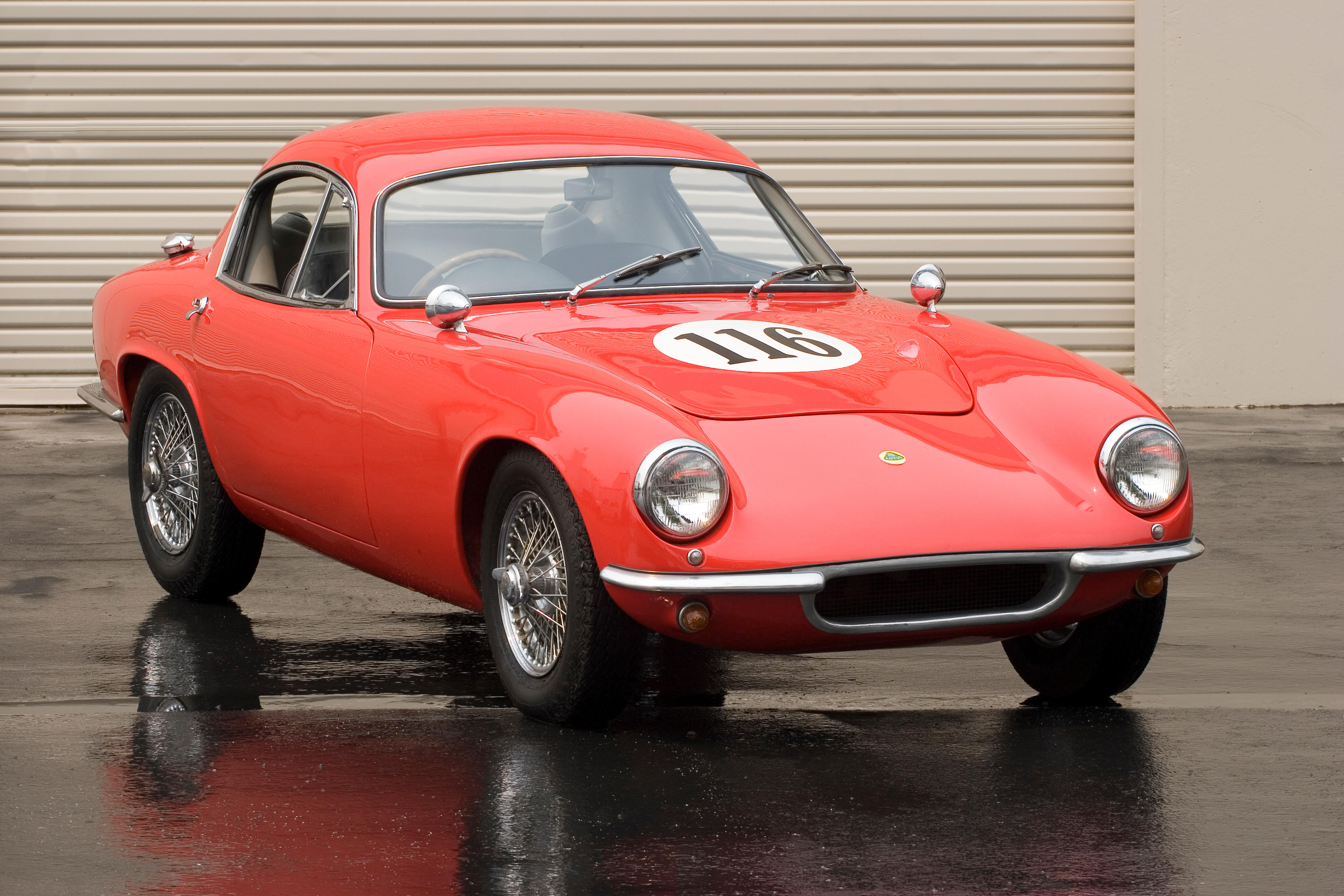
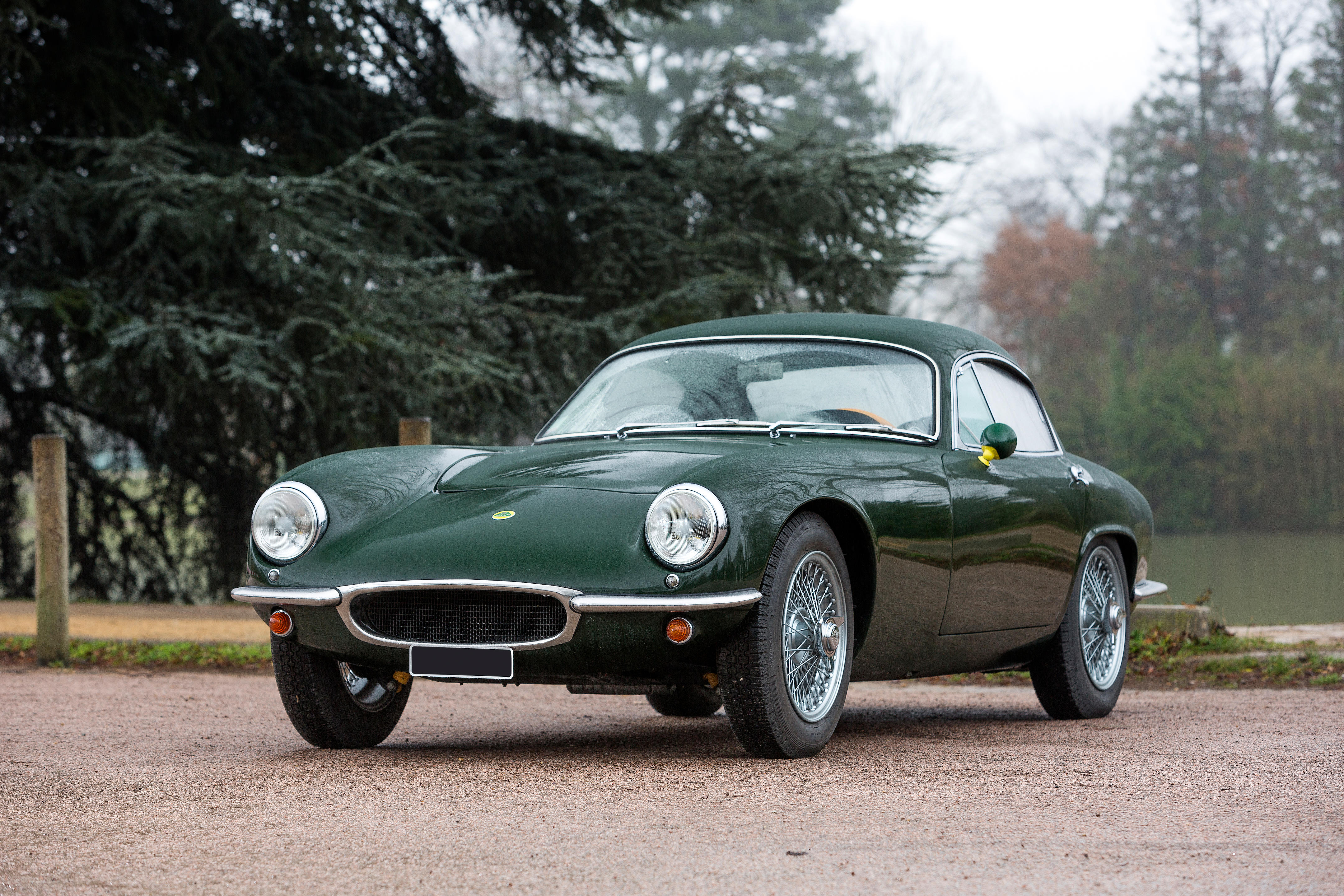
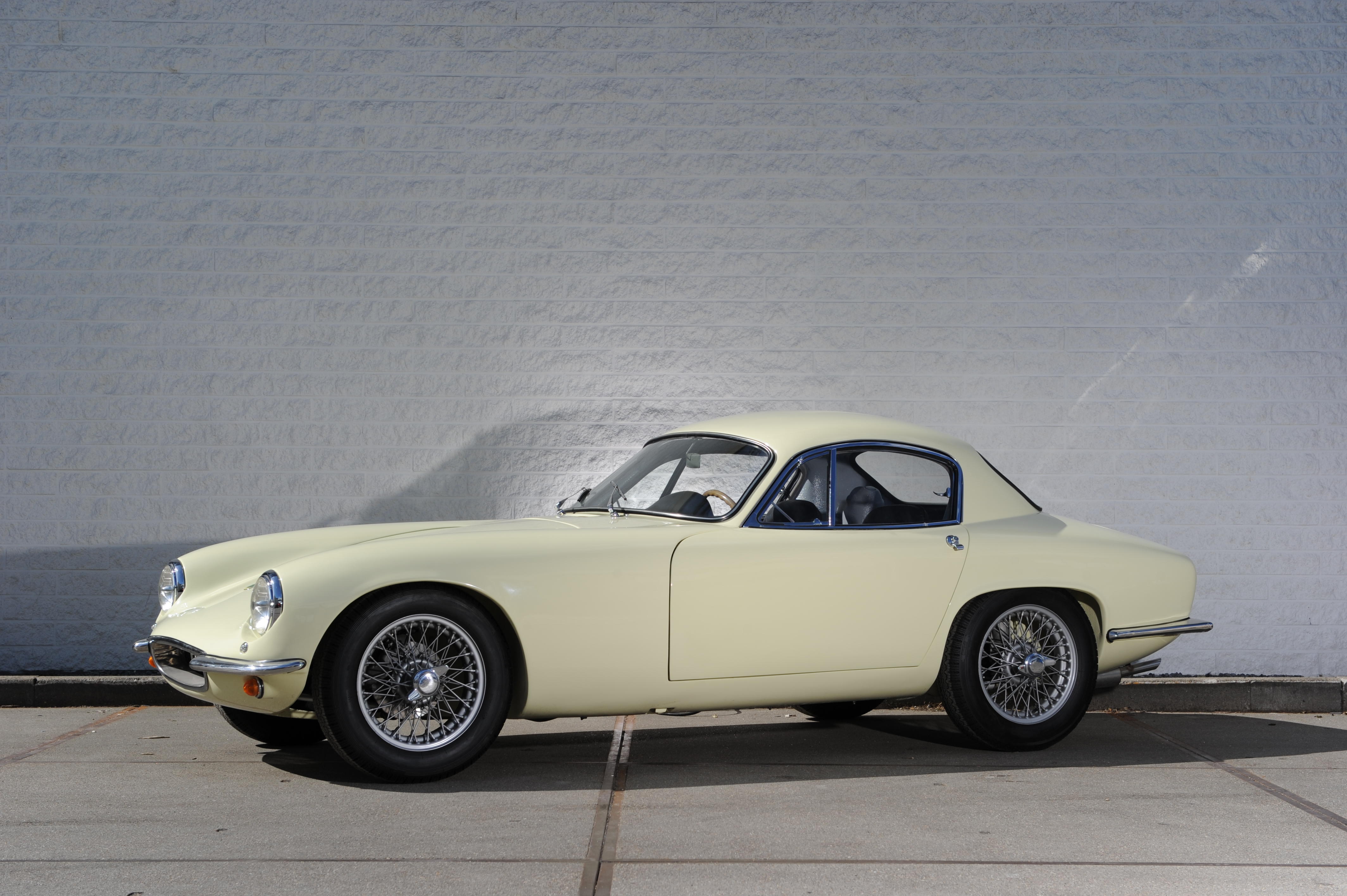


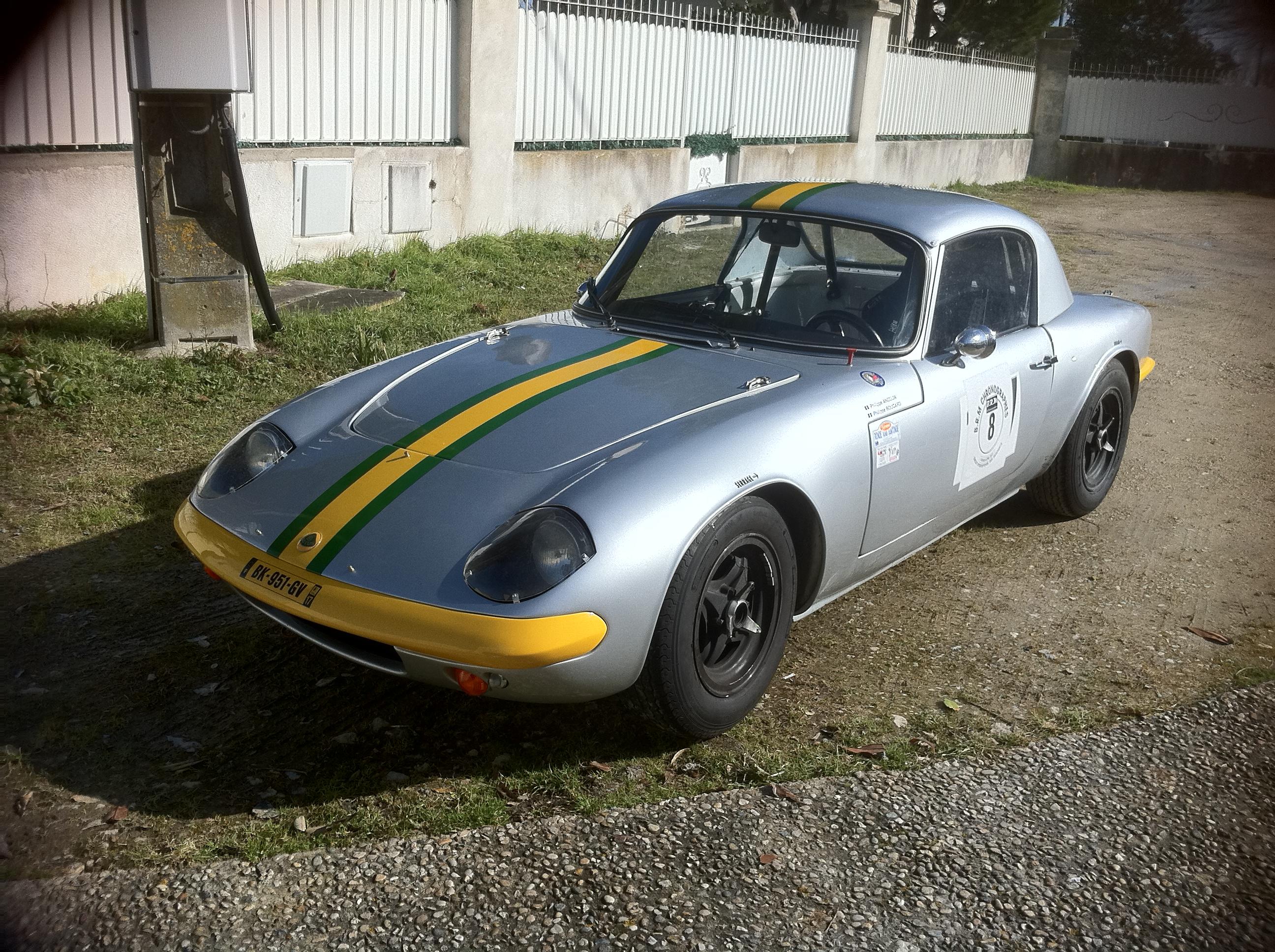


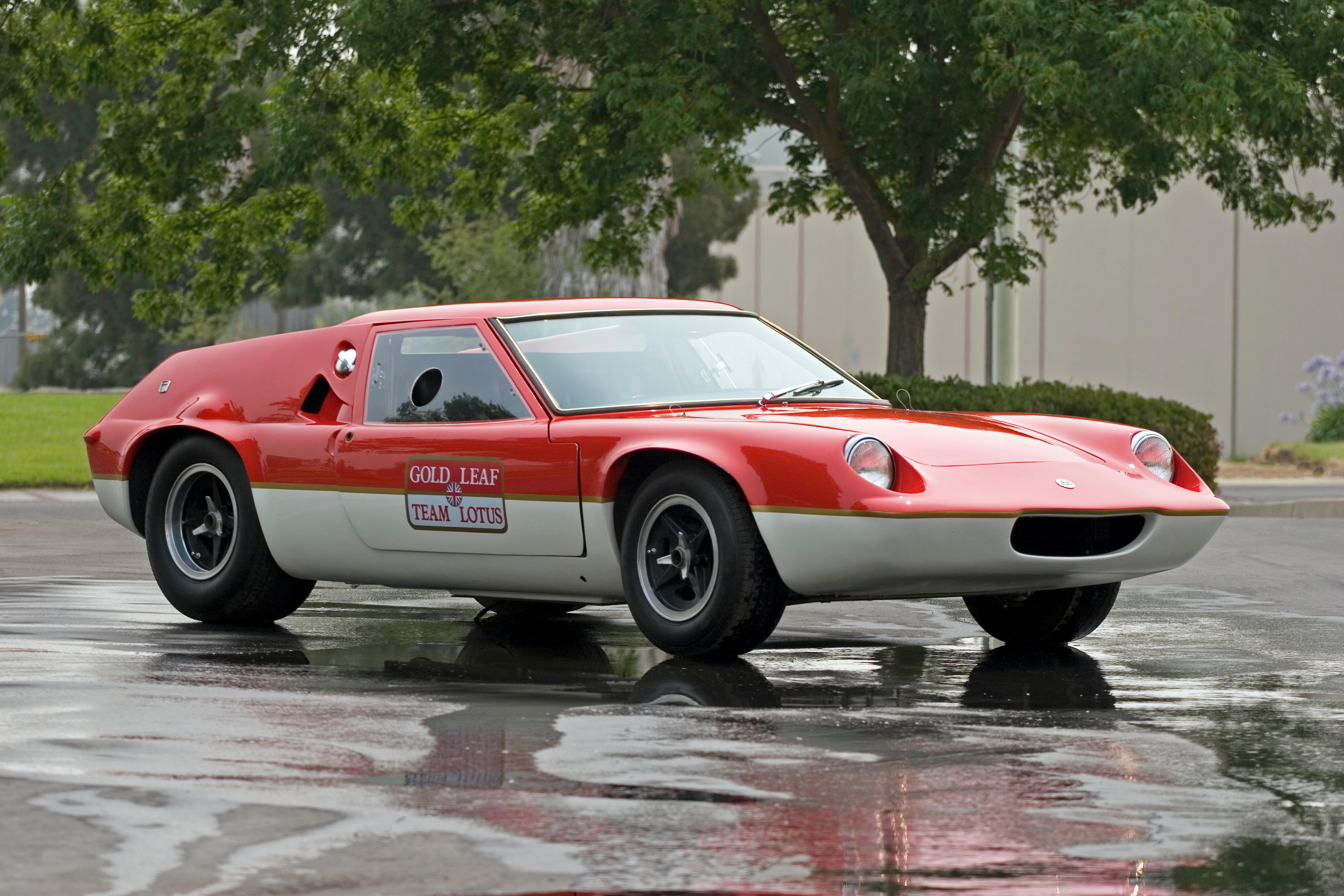
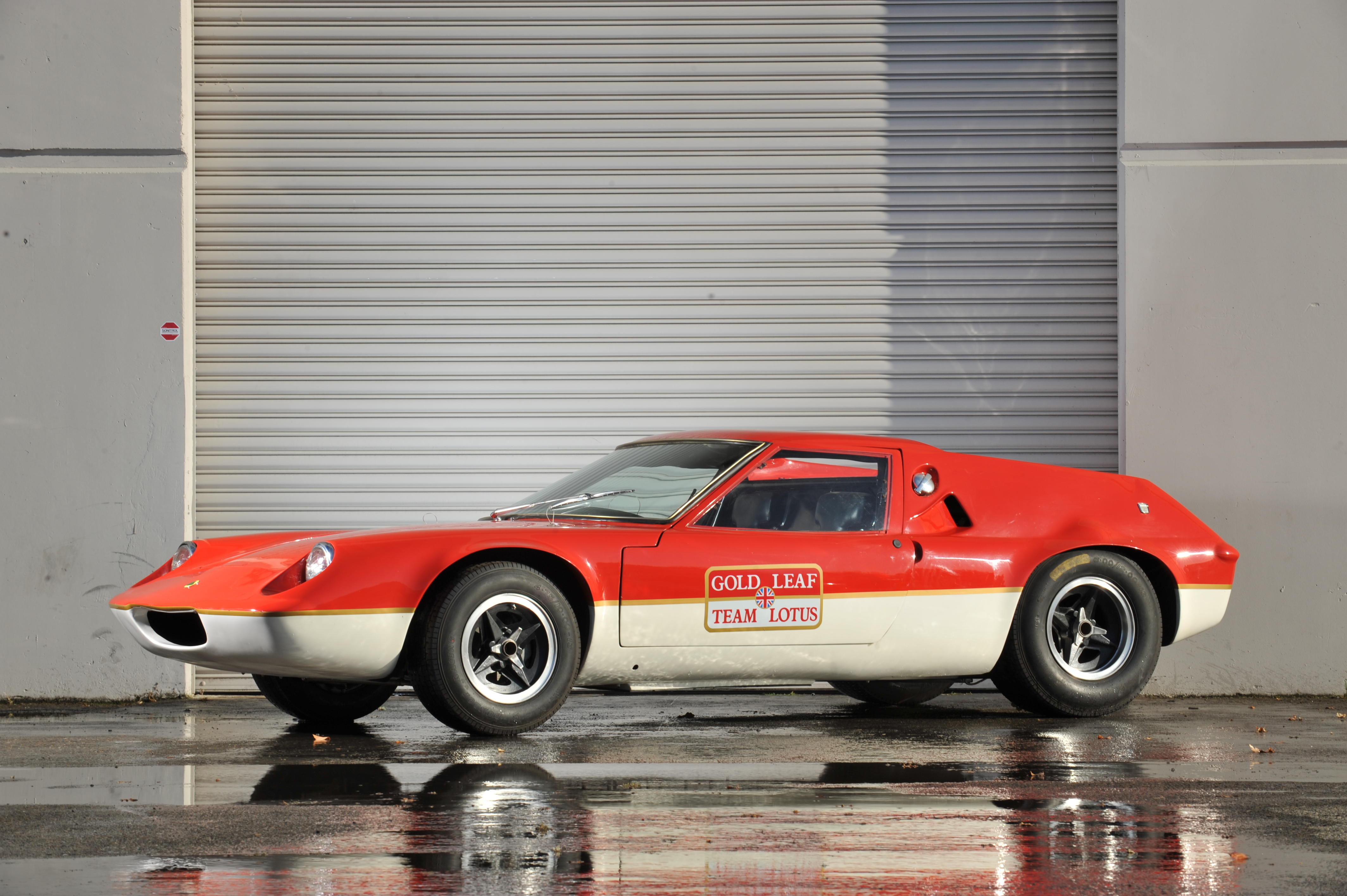


Testen Sie LotSearch und seine Premium-Features 7 Tage - ohne Kosten!
Lassen Sie sich automatisch über neue Objekte in kommenden Auktionen benachrichtigen.
Suchauftrag anlegen